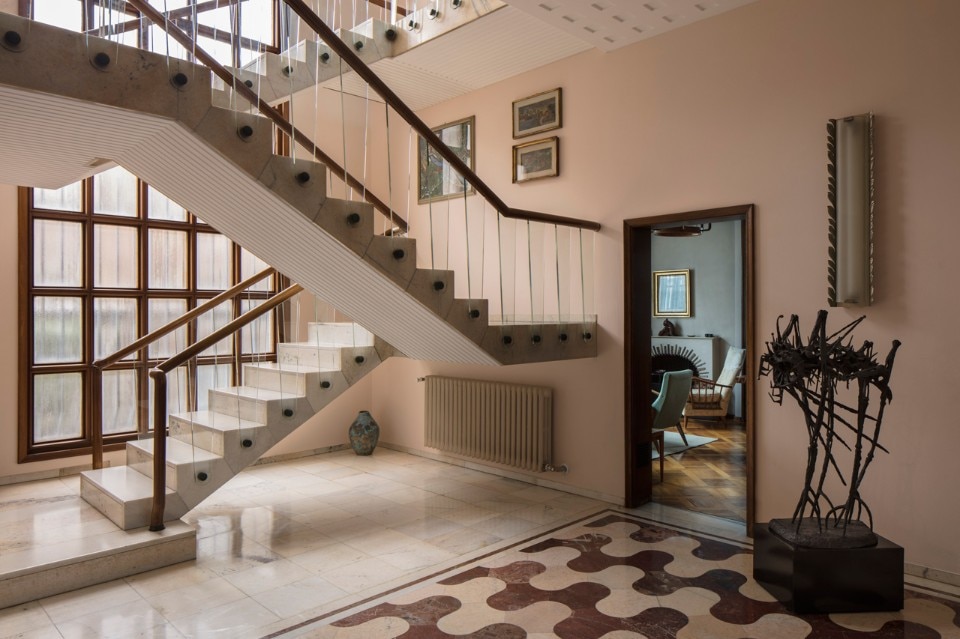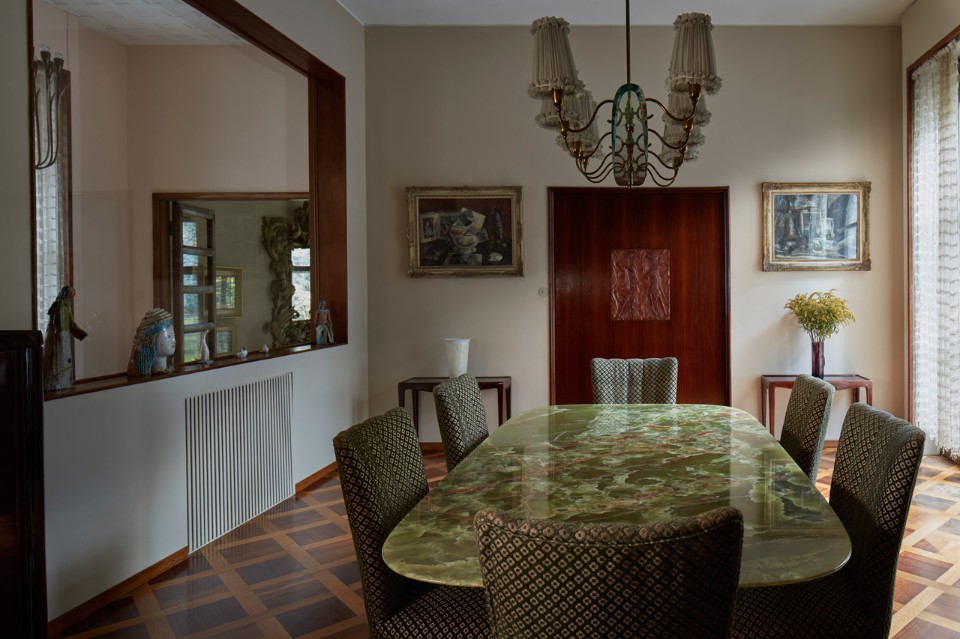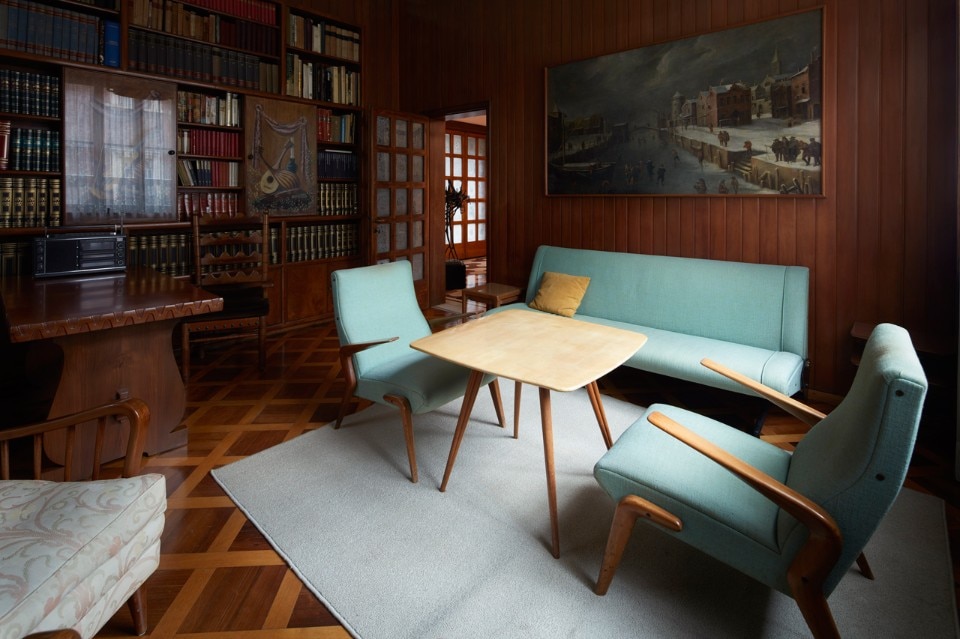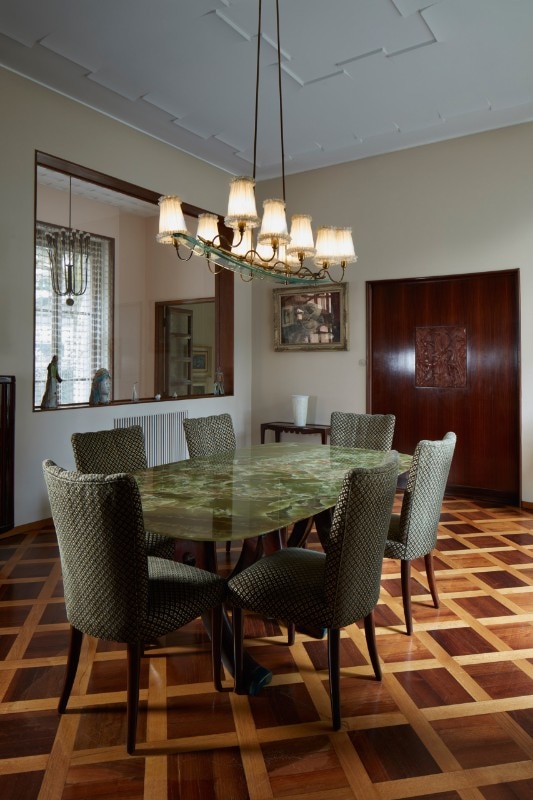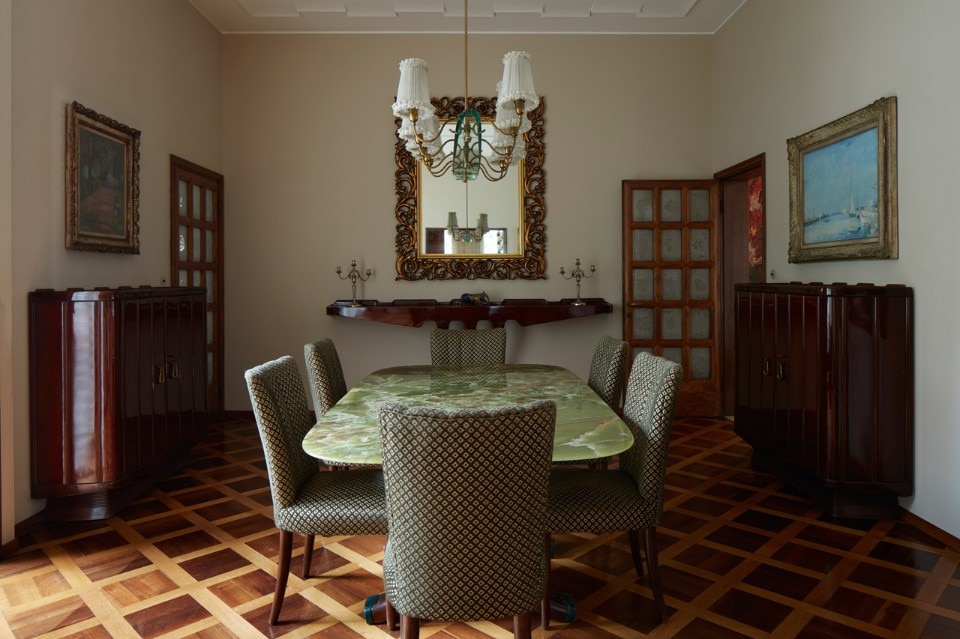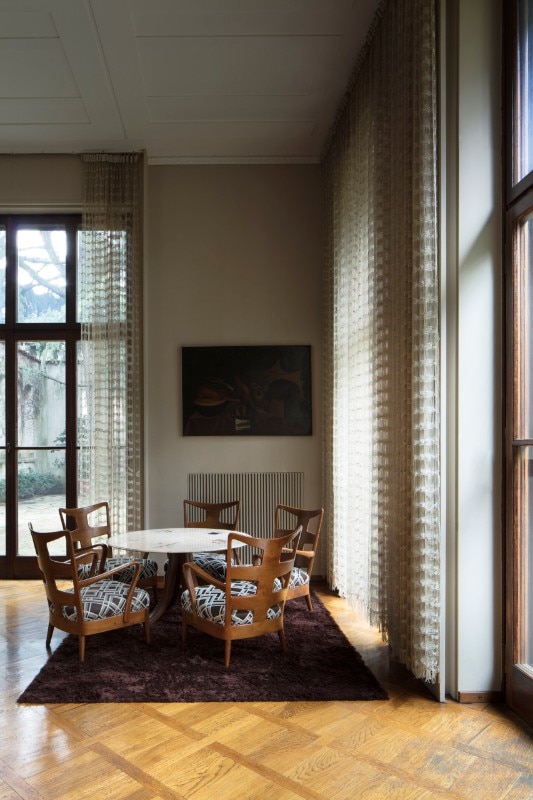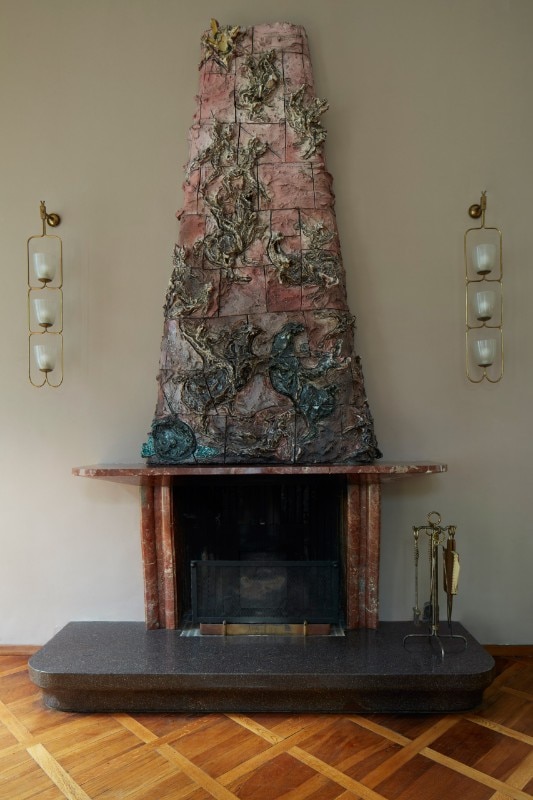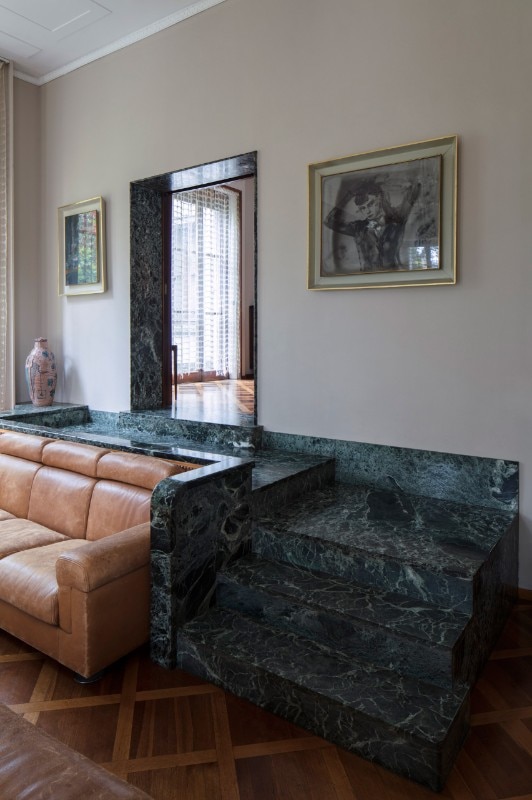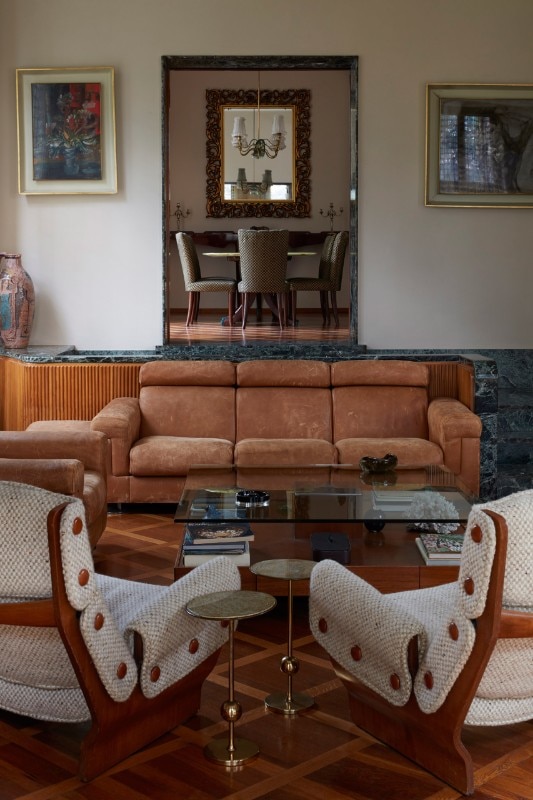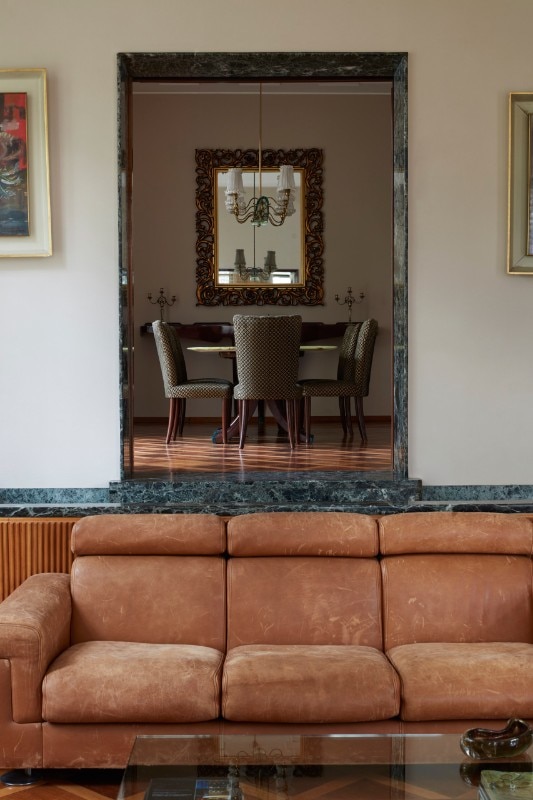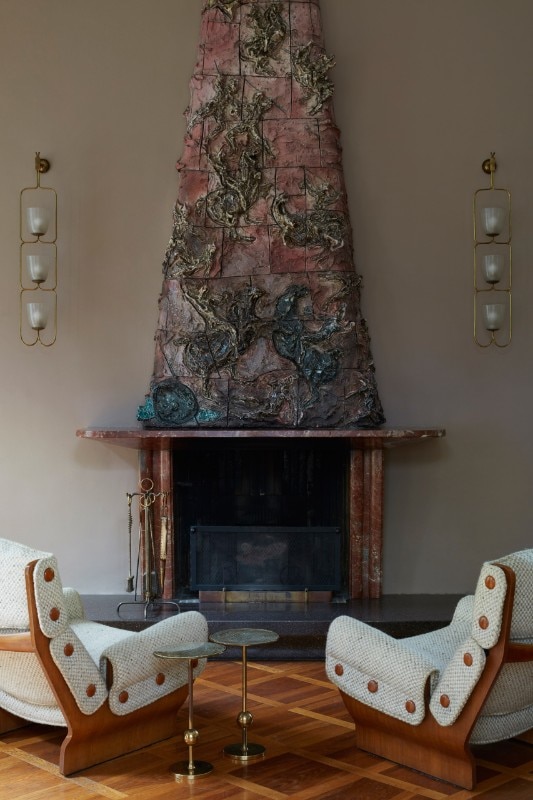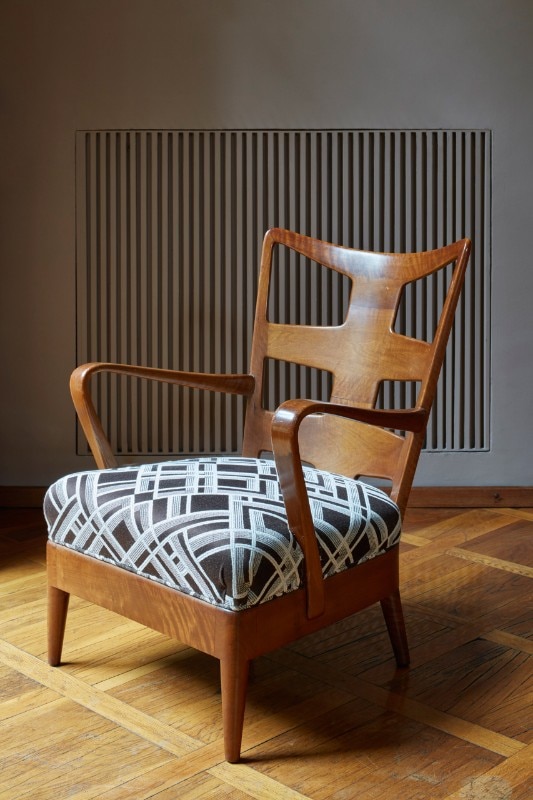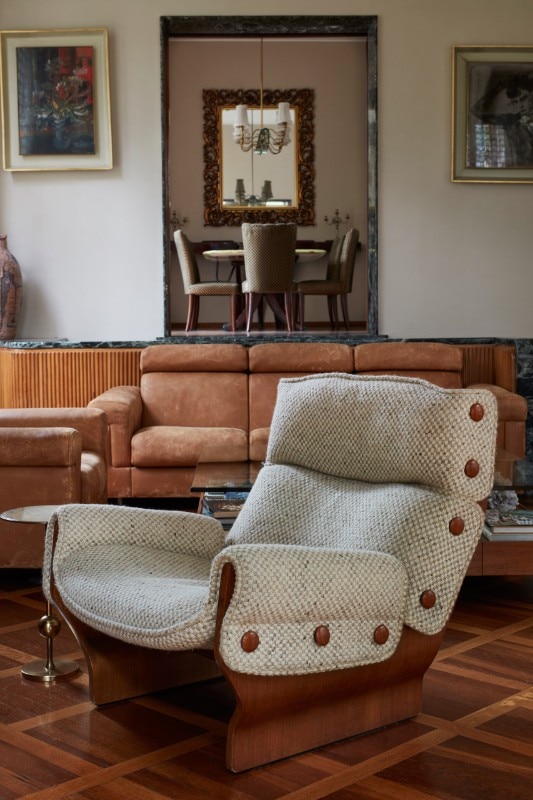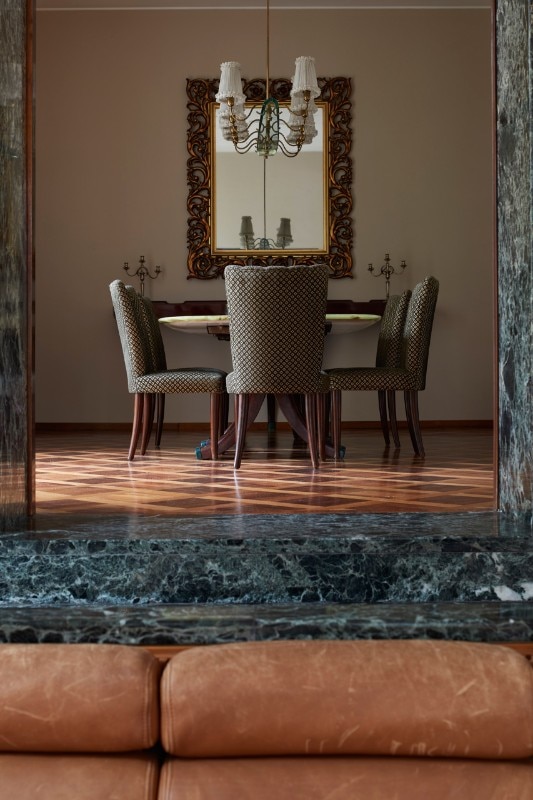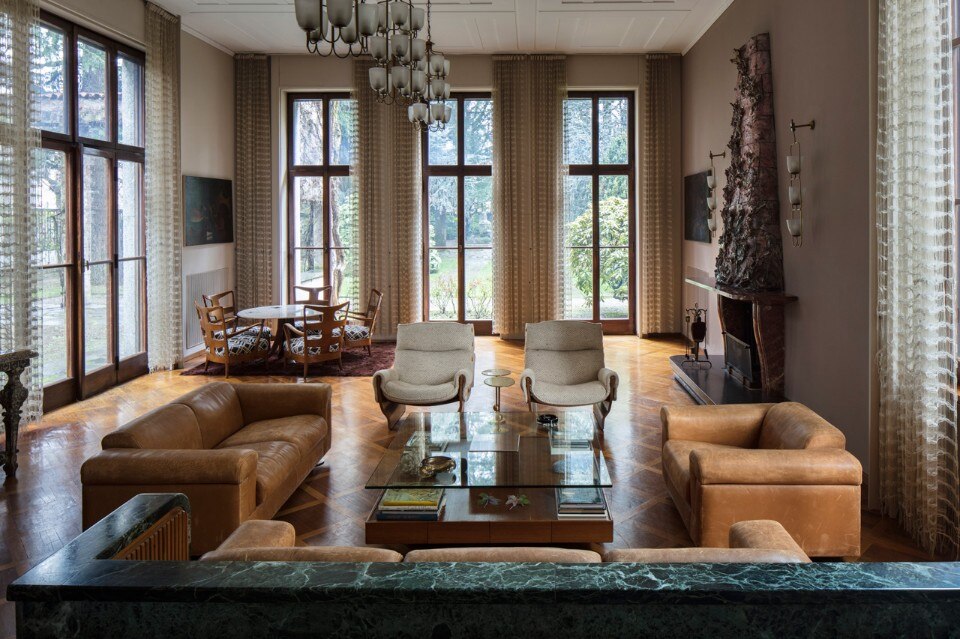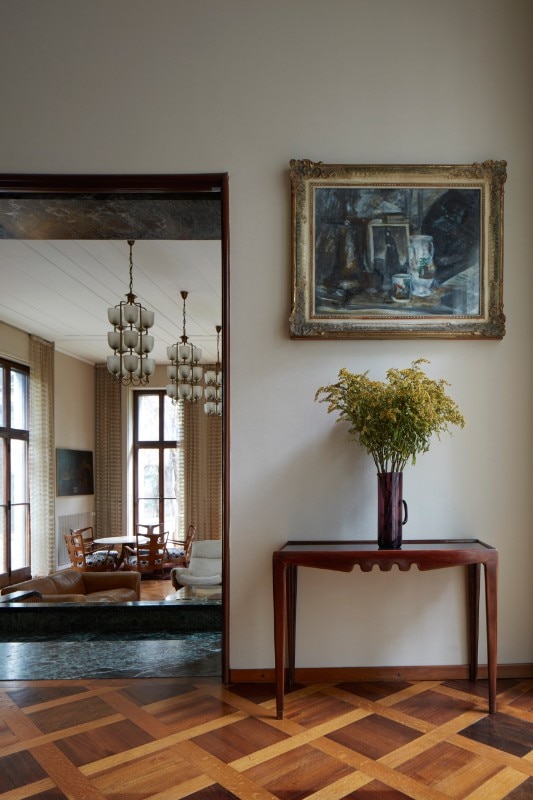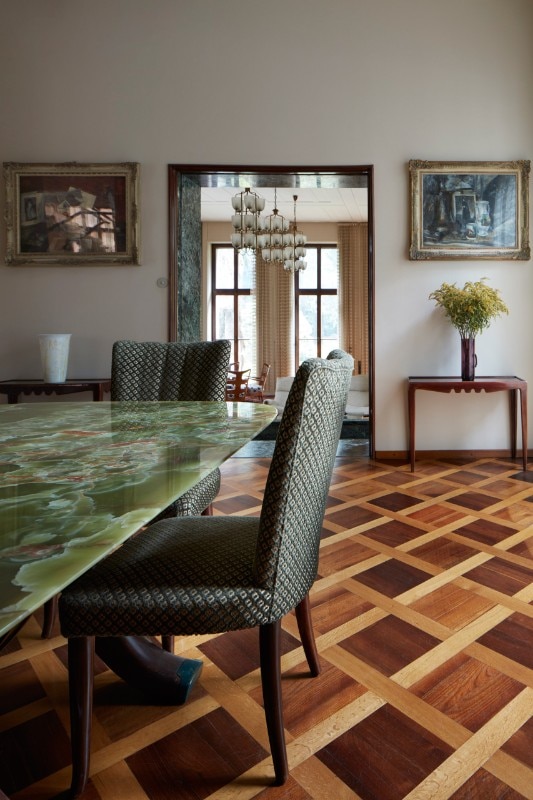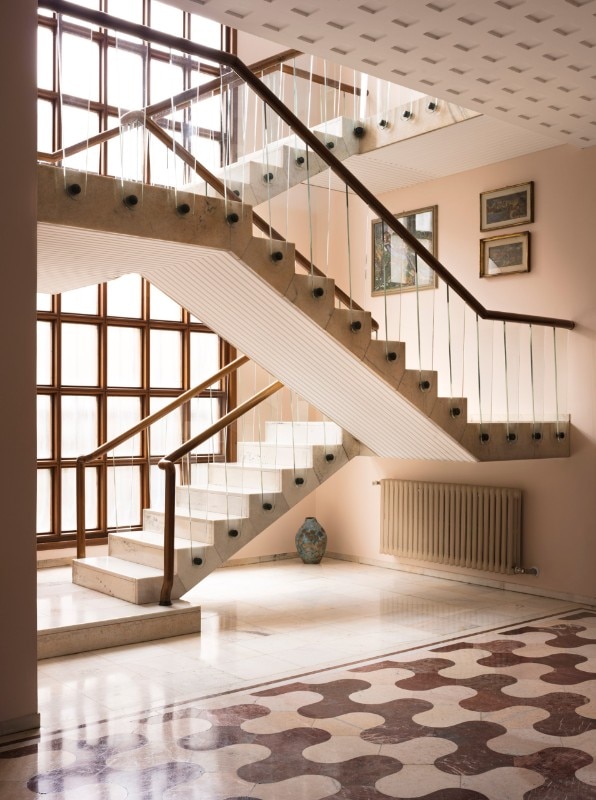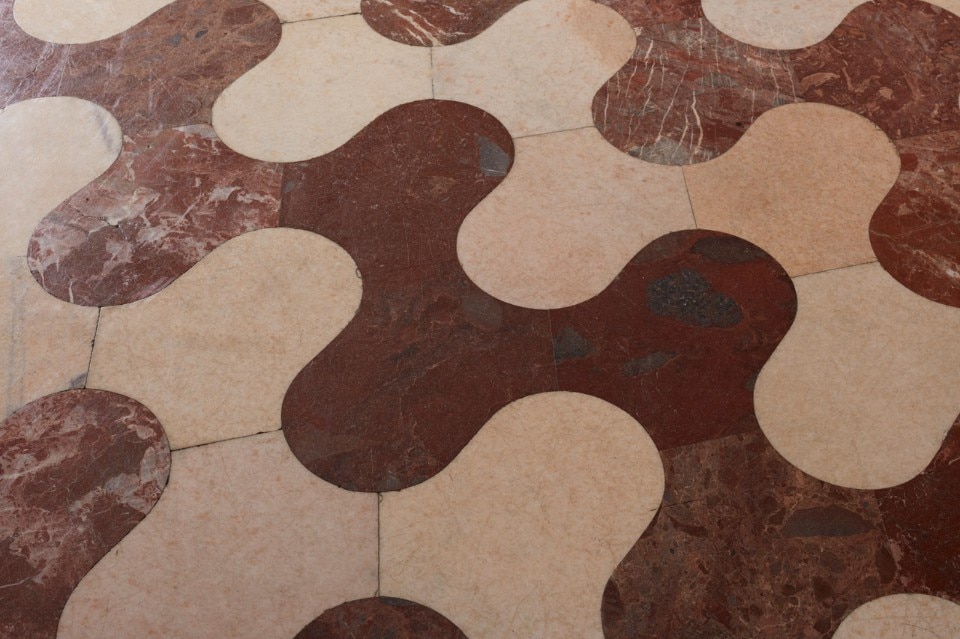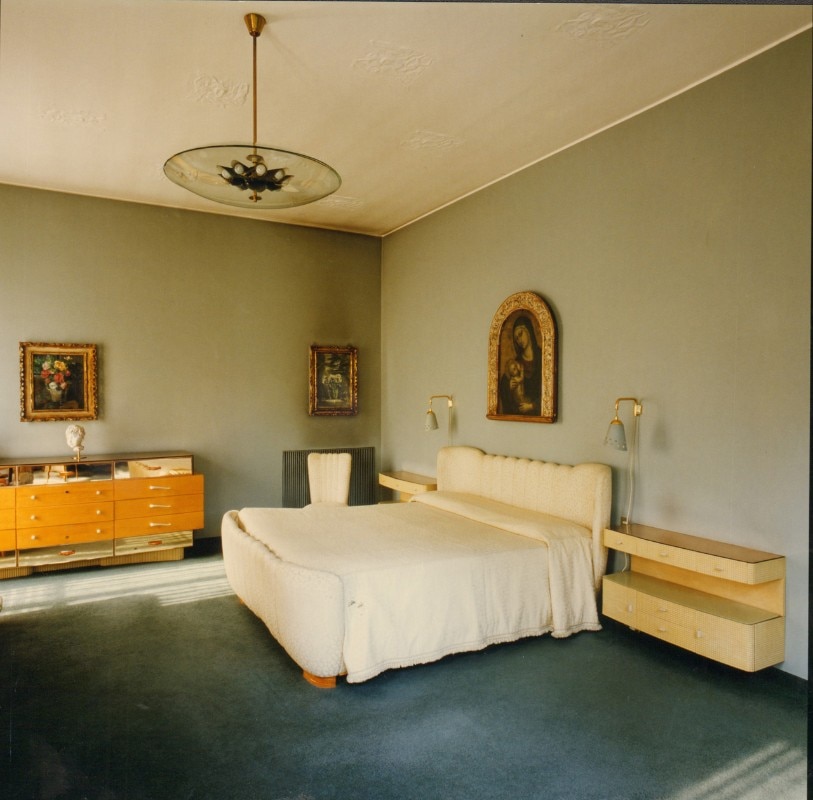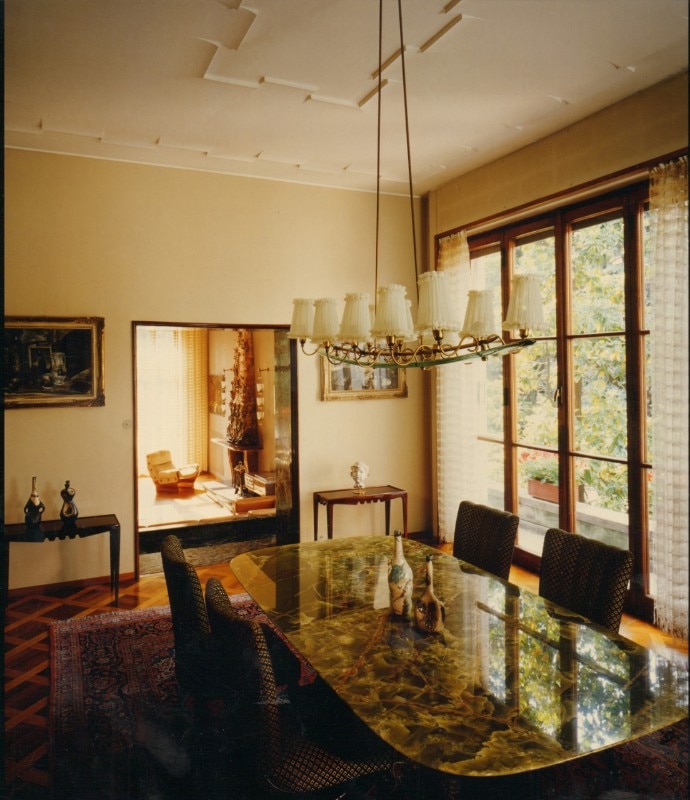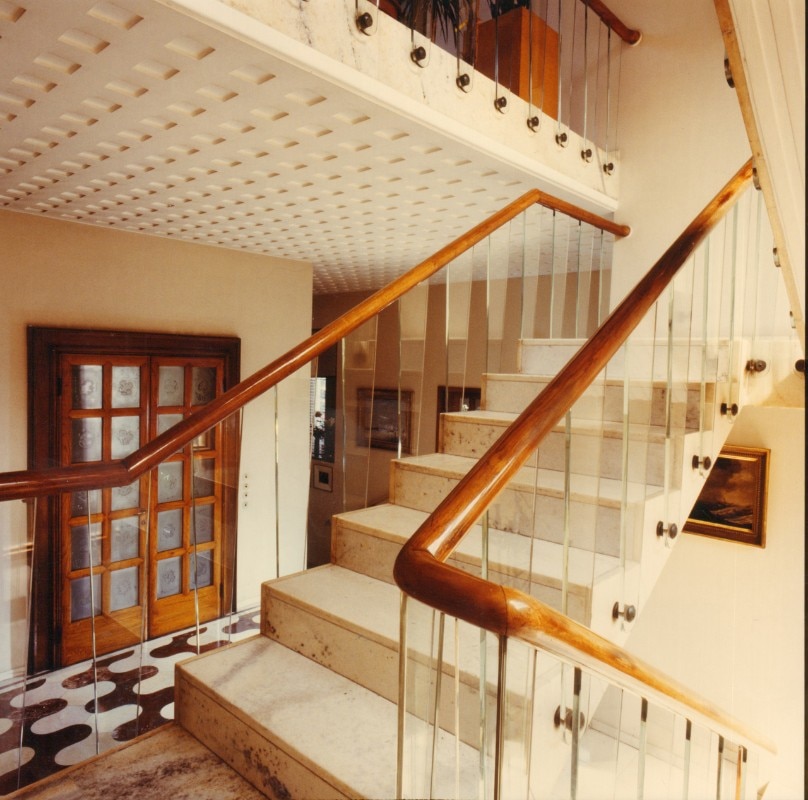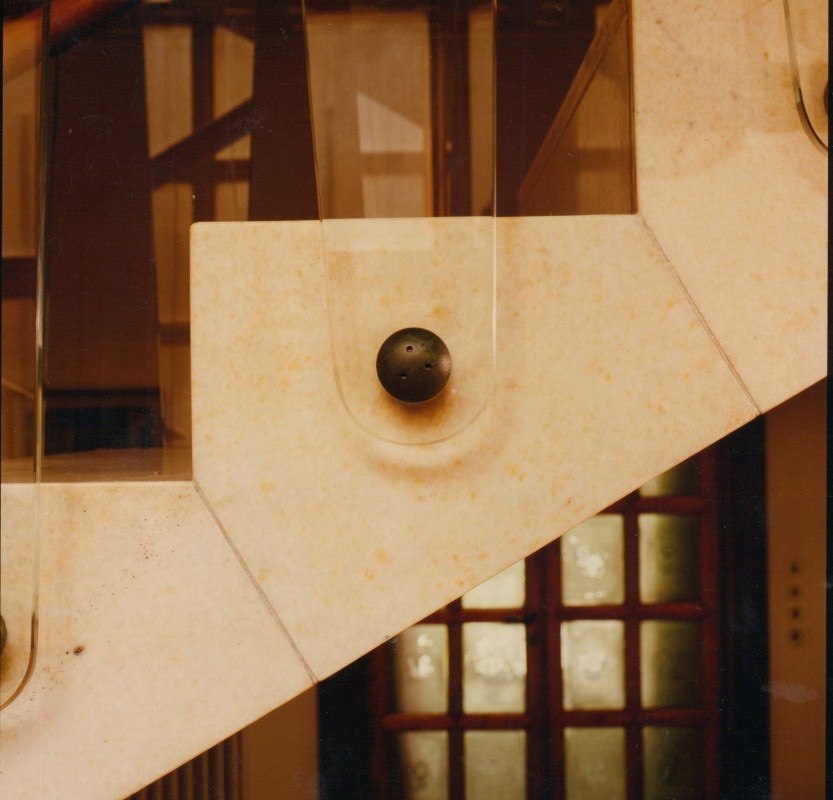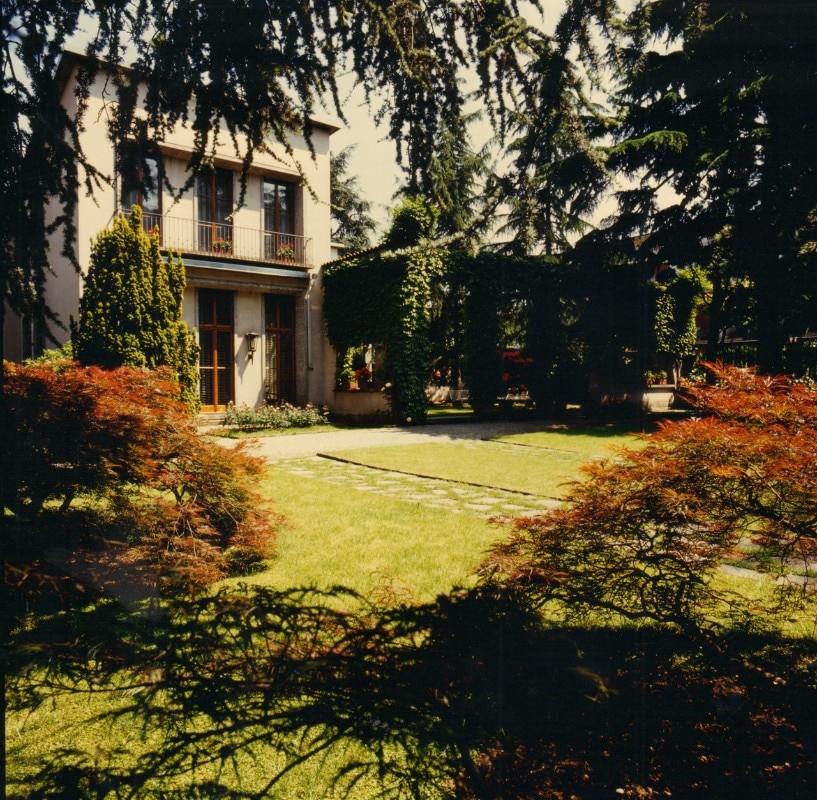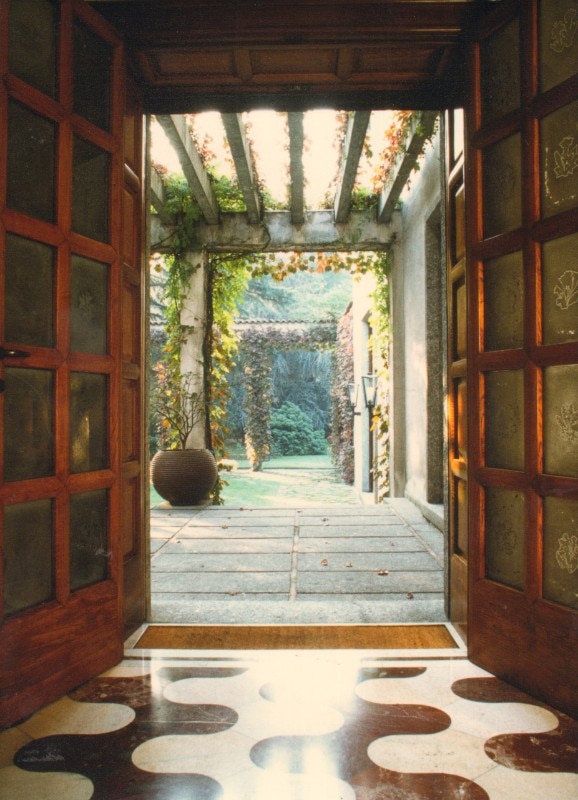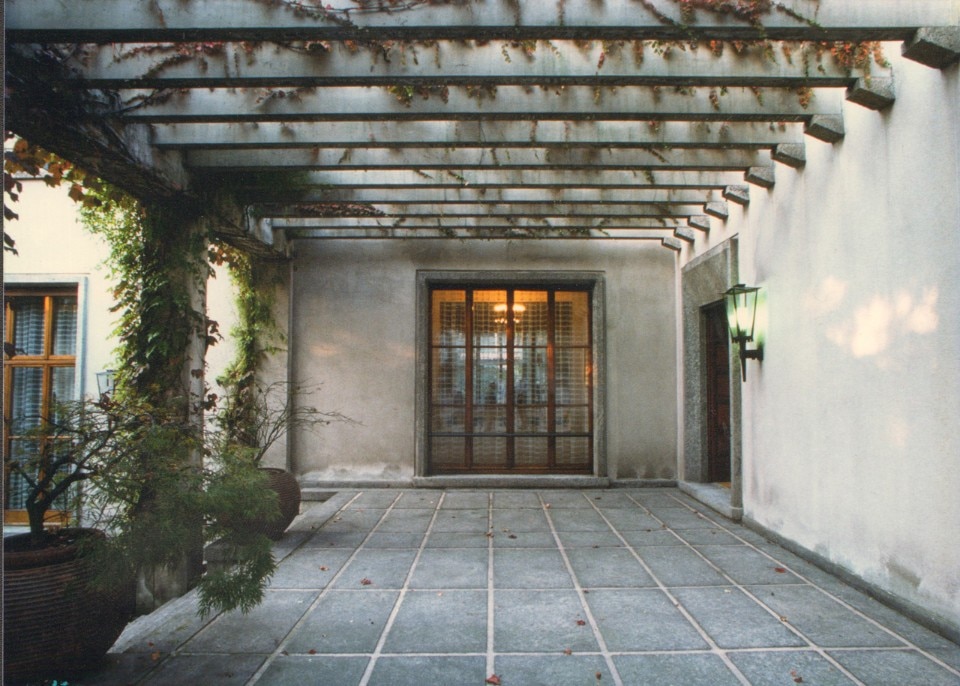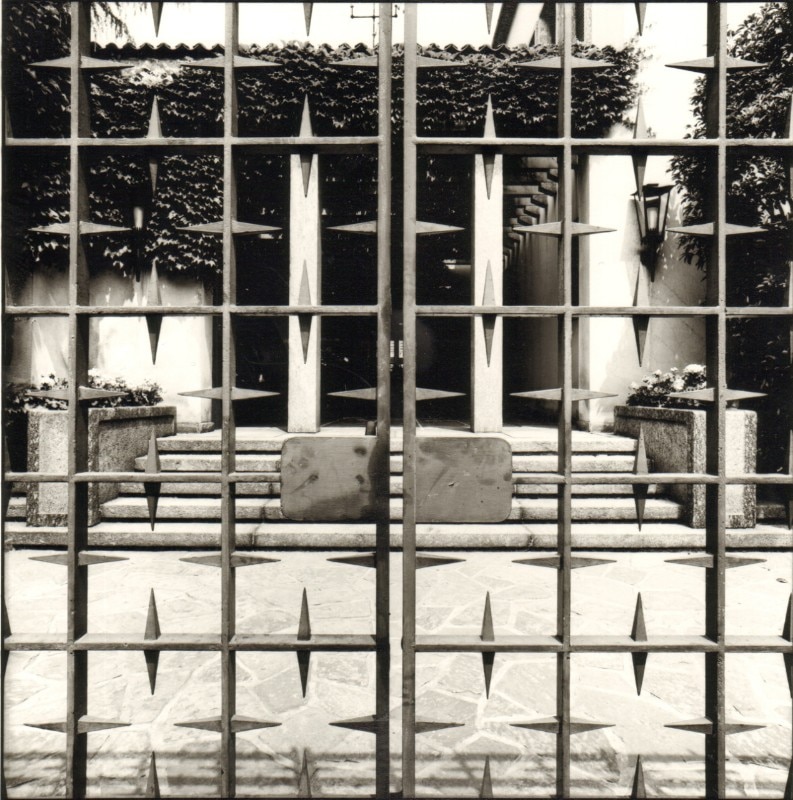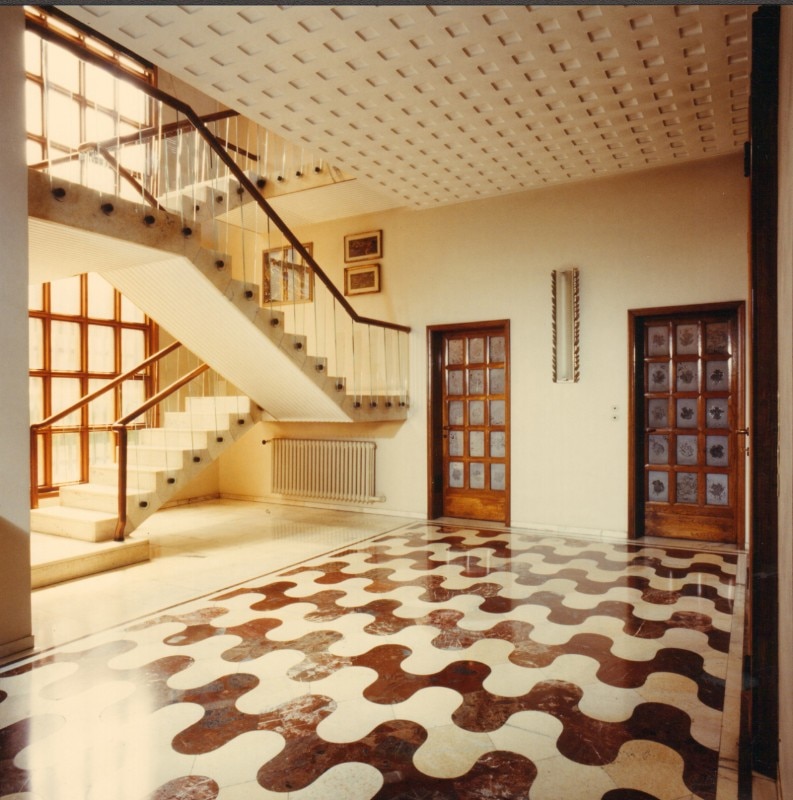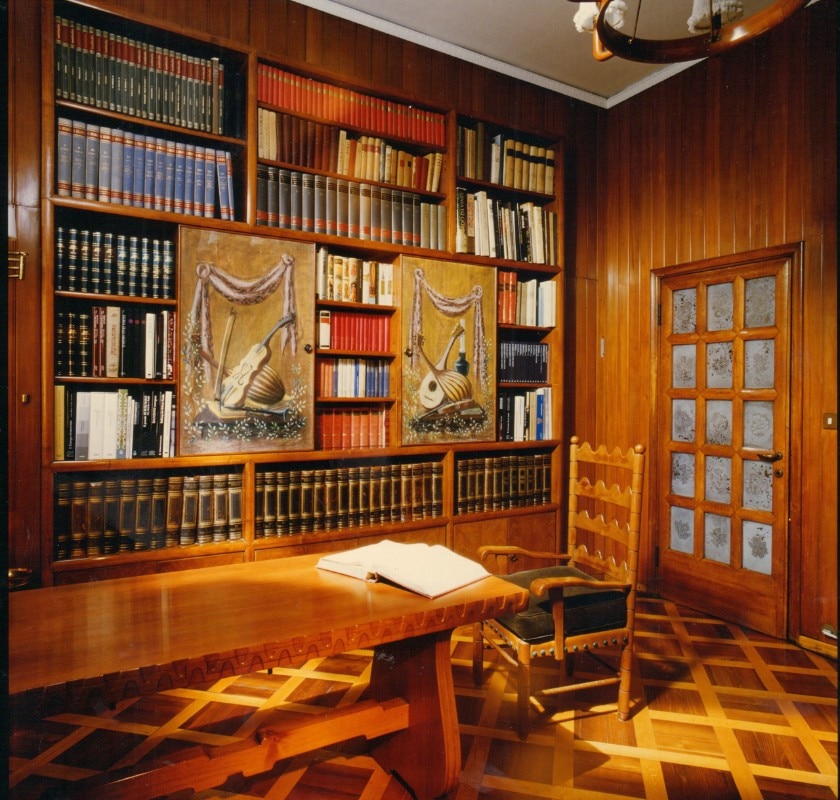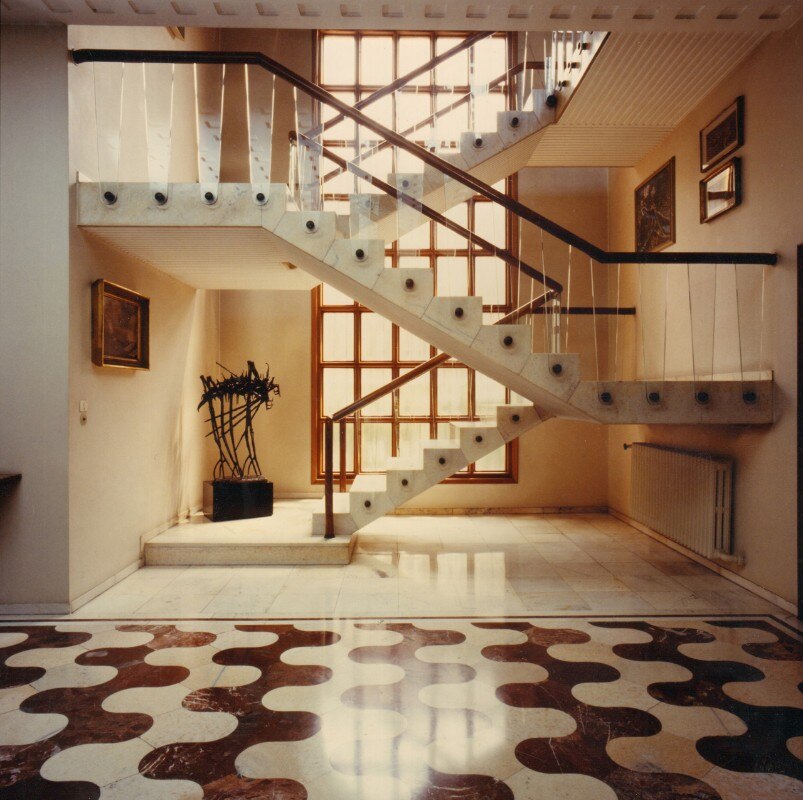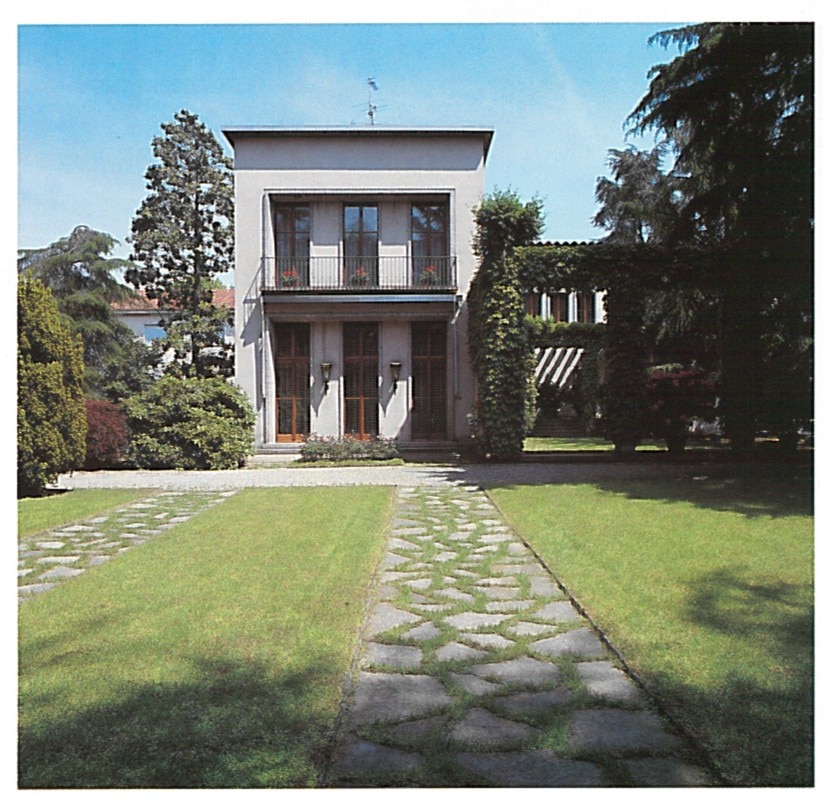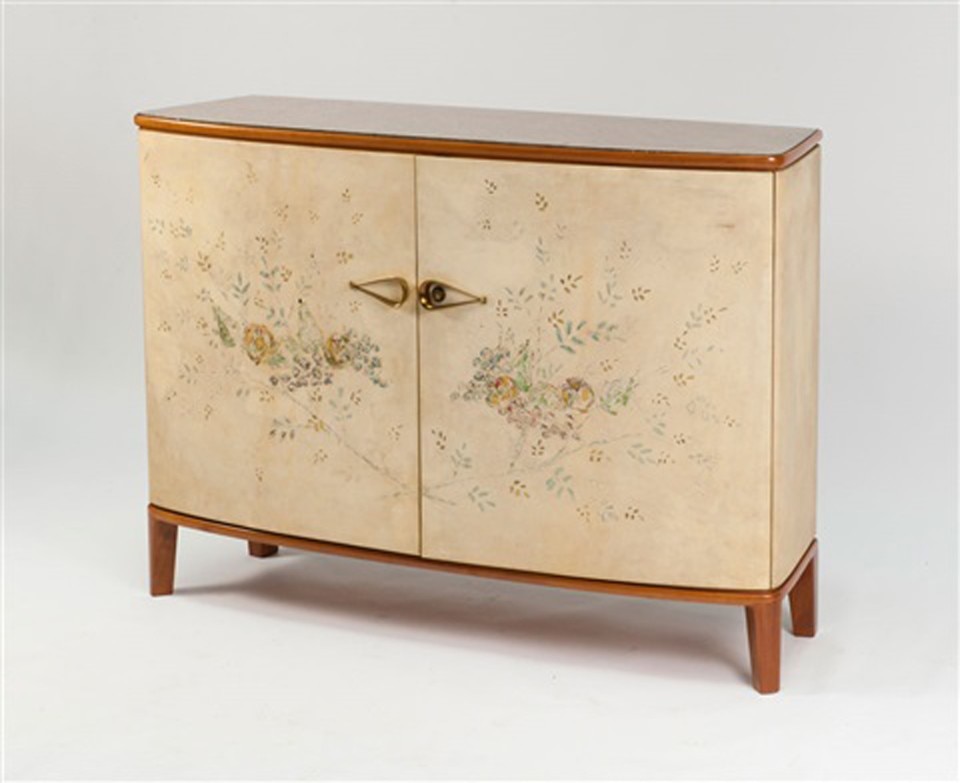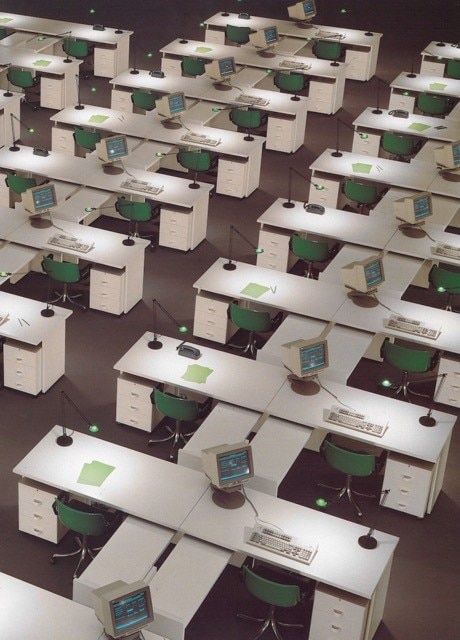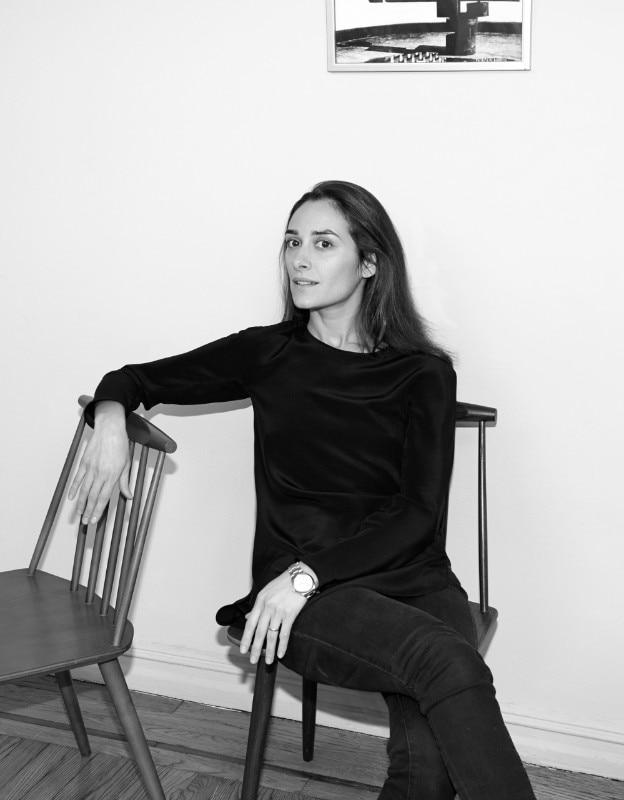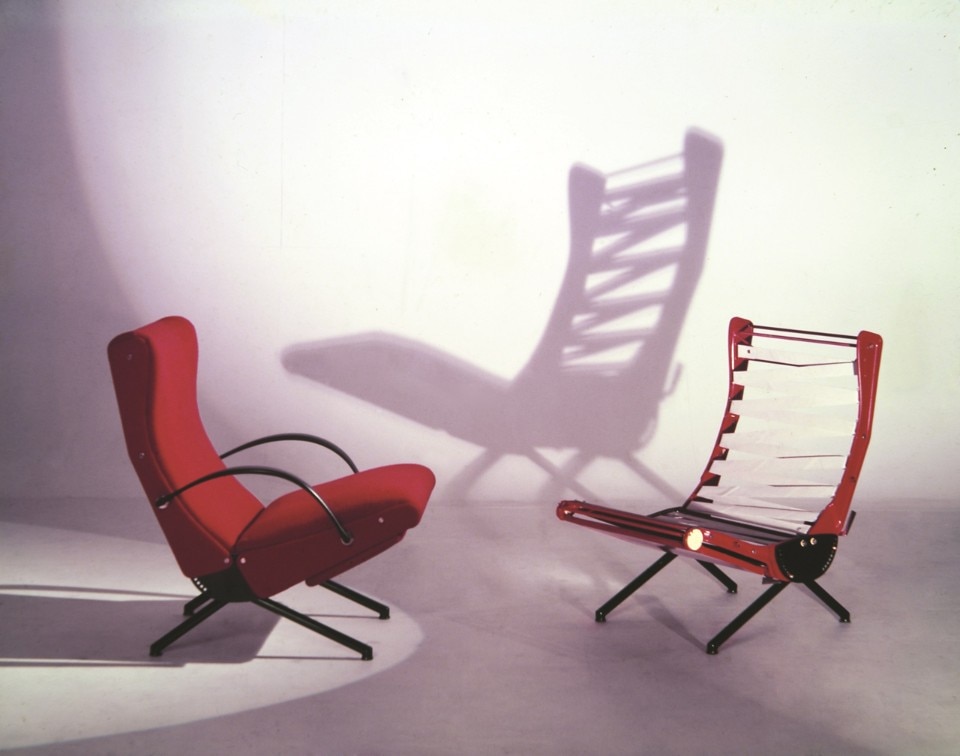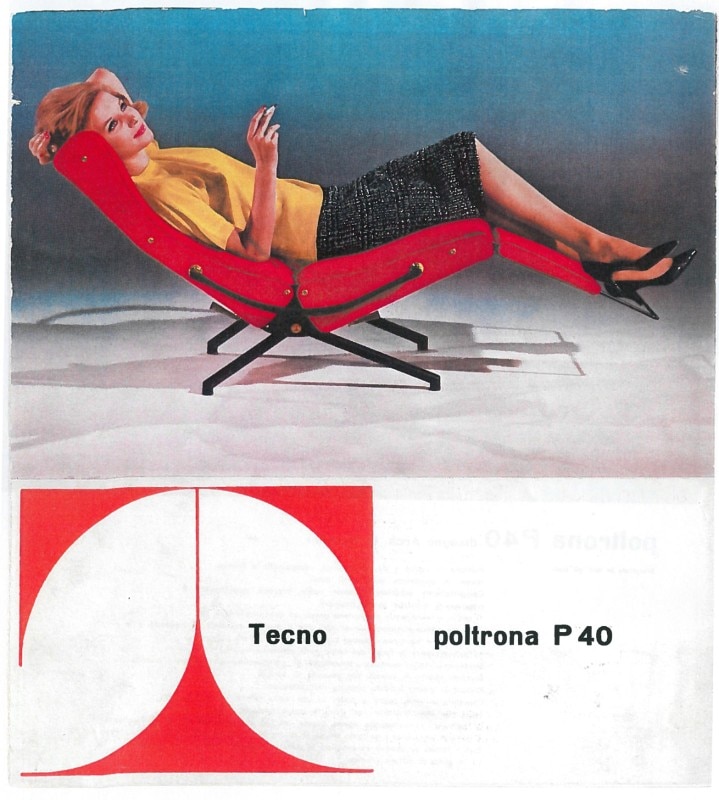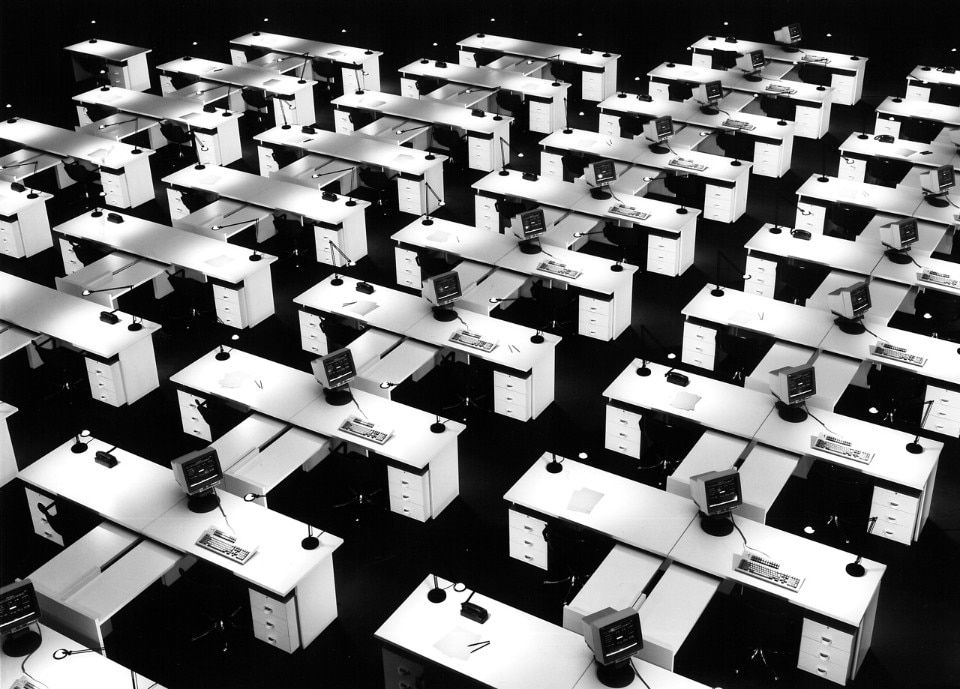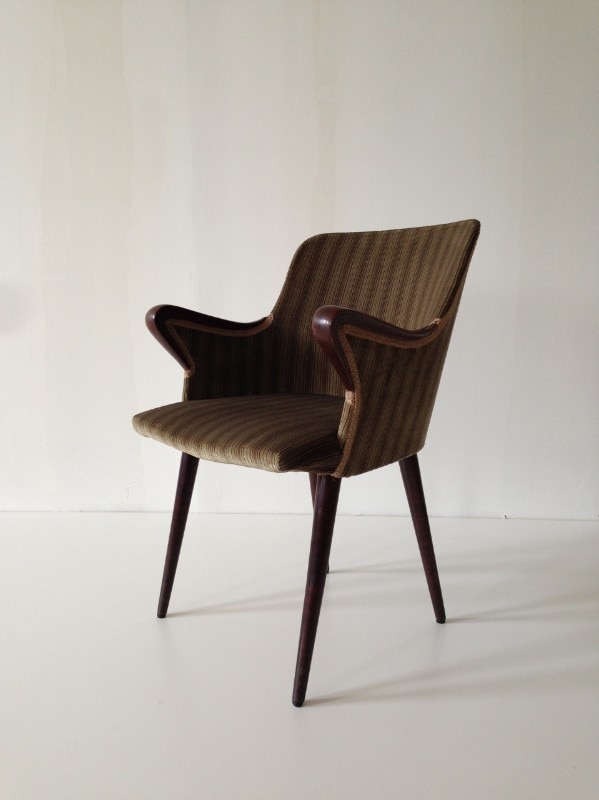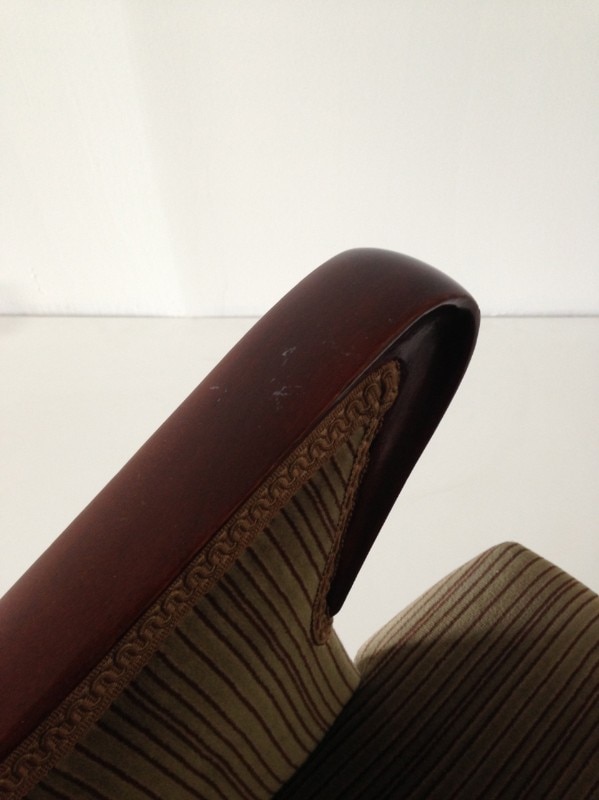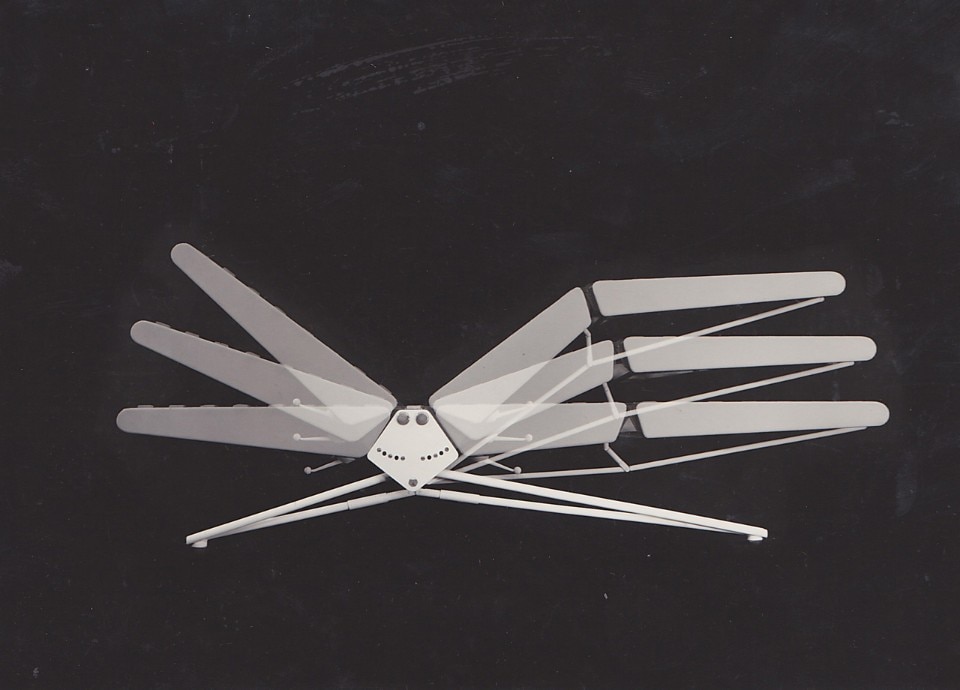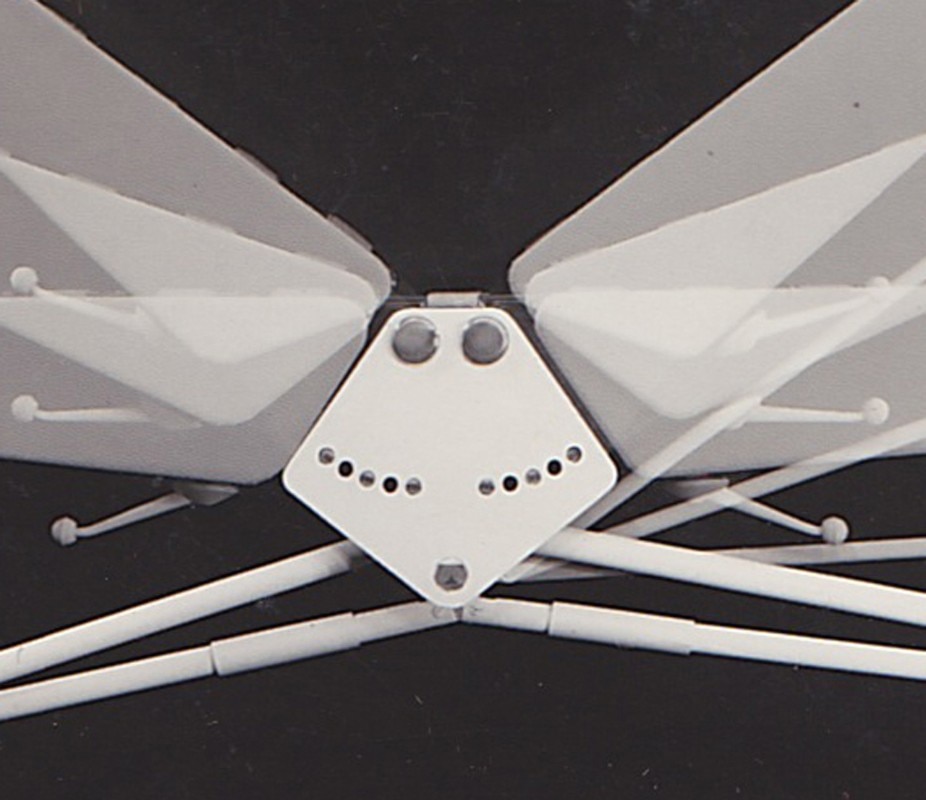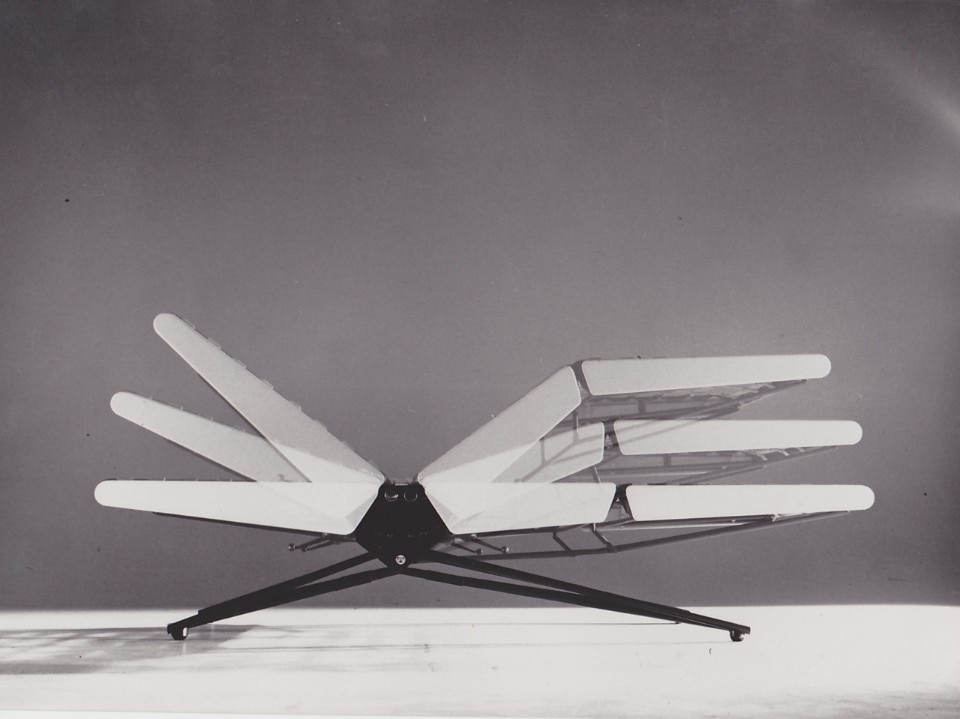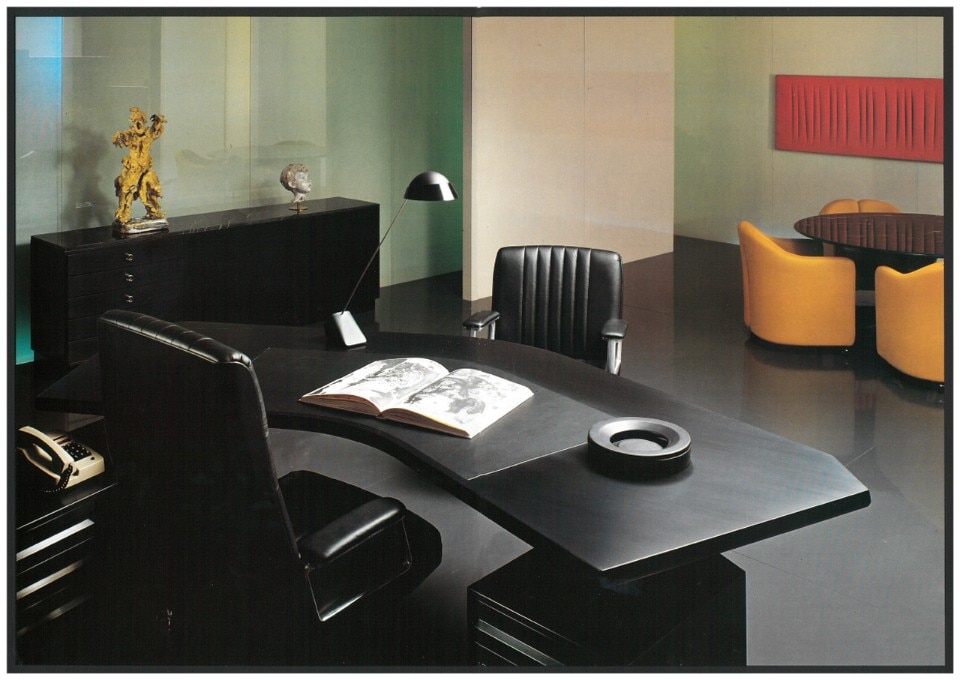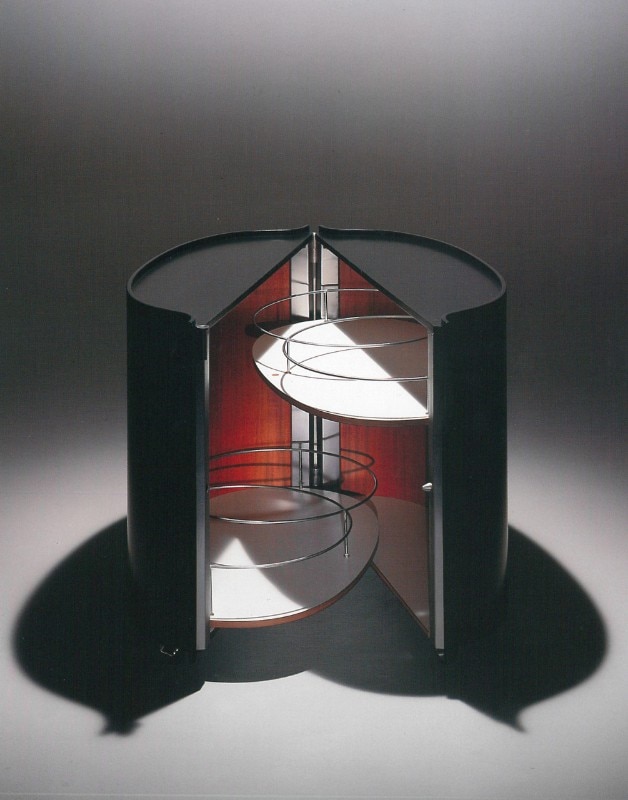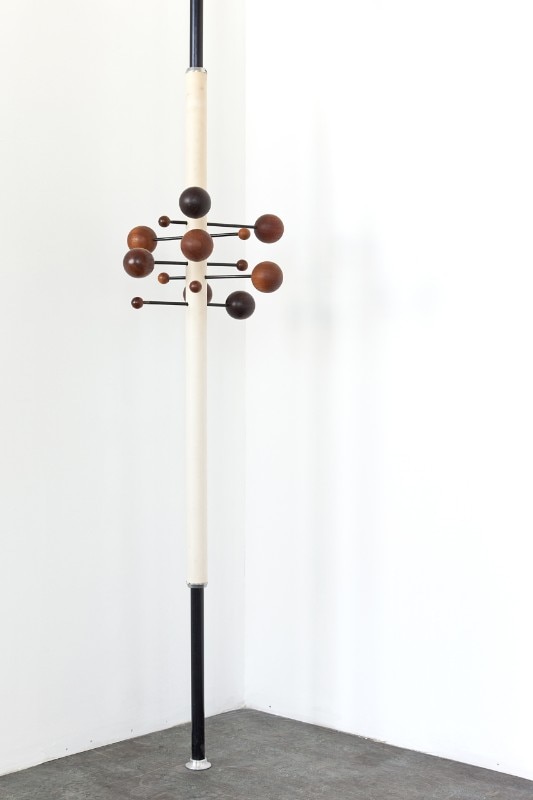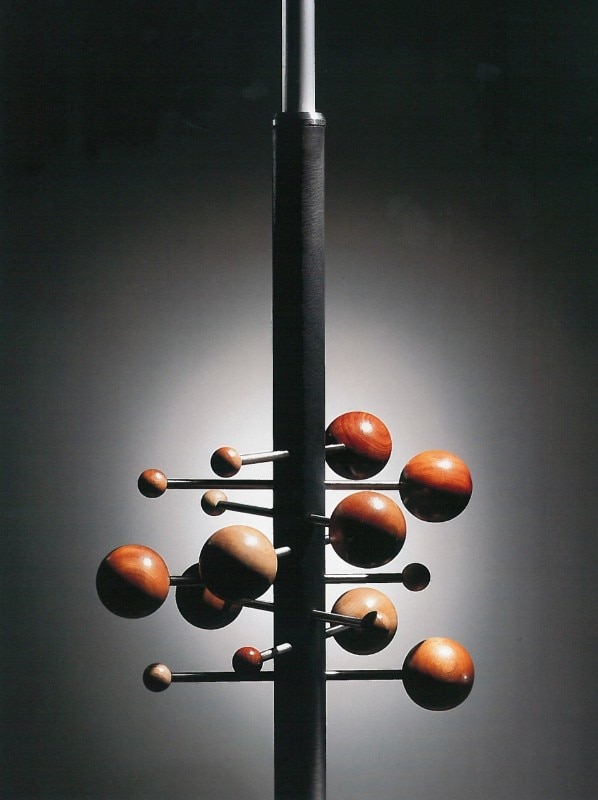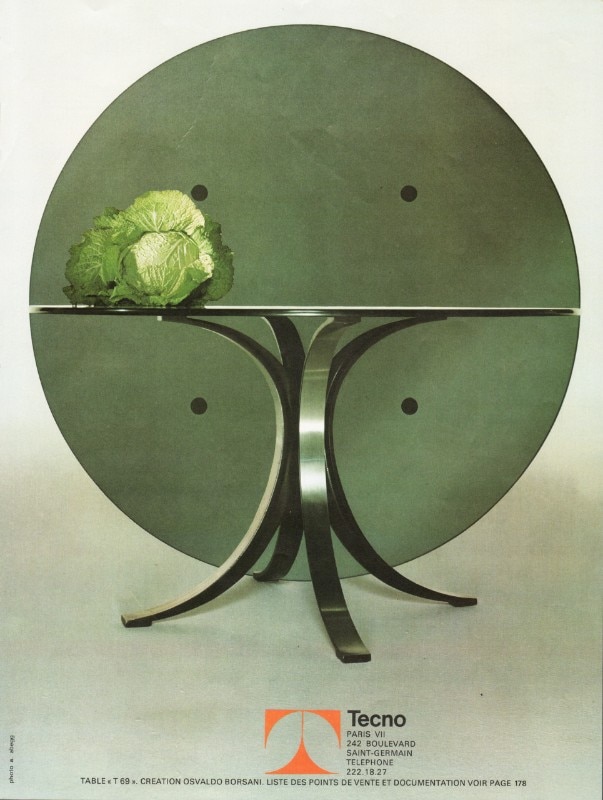During the Salone, the exhibition “Villa Borsani: Casa Libera!” invites us to take off. Where to? Brianza. A small, big, detour from the Salone circuit, but it’s worth the trip. Around 20 kilometres outside Milan, the villa designed by Osvaldo Borsani for his twin brother Fulgenzio will be open to the public for the first time ever. In addition to being an escape from the hectic itineraries in Milan, this show offers the opportunity to discover a key figure in Italian design: Osvaldo Borsani (1911–1985). A versatile man who can’t be pigeonholed – he was an architect, designer and entrepreneur – Borsani began in his father’s business, the ABV Atelier Borsani Varedo, and in 1953 he opened, with Fulgenzio, Tecno, an office furniture company. In a few short years, he turned it into a leading Italian design brand. He created two unforgettable icons of Italian design: the adjustable P40 armchair (1953) and the D70 reversible-seat sofa. Plus, the revolutionary office system, Graphis, 1968, which landed Tecno on the international manufacturing map. The curator Ambra Medda (cofounder of Design Miami and former creative director of the design department at Christie’s) describes the initiative, which precedes the major retrospective, curated by Norman Foster, to be held in mid-May at the Triennale di Milano.
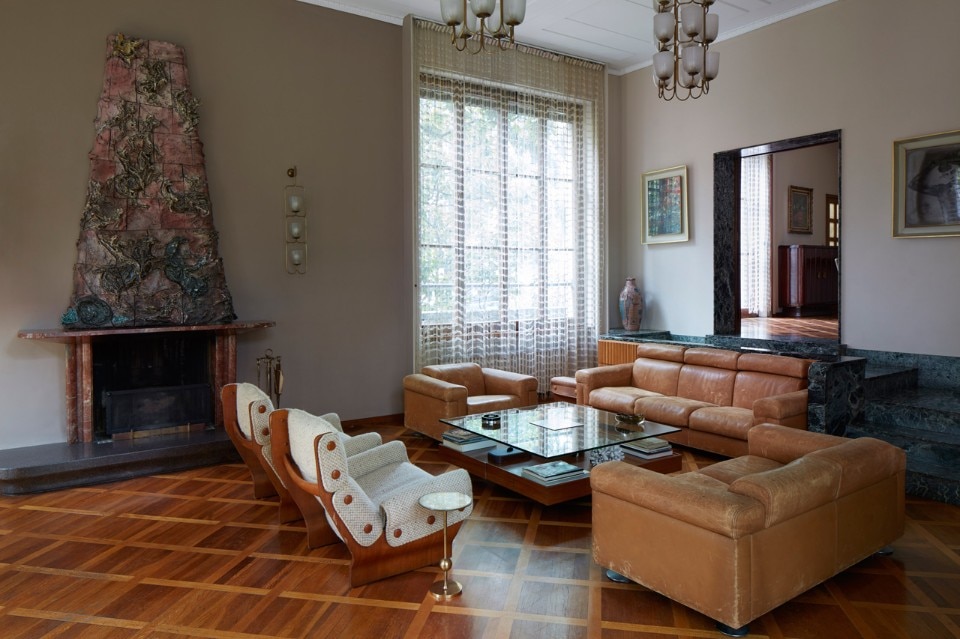
 View gallery
View gallery
You define yourself the “curator of an experience”. Could you explain what your work entails?
By visiting the villa, we want to give a chance to people who come from all over the globe to attend the Salone and who won’t be back in the upcoming months, so they can approach and enter Borsani’s world. It’s the residence Osvaldo Borsani designed in the 1950s for his twin brother Fulgenzio, right next to the Tecno factory. It’s a welcome that comes from the home itself. And it precedes the major retrospective in mid-May, curated by Norman Foster and Tommaso Fantoni (Osvaldo’s grandson), at the Triennale, and the catalogue will be published by Skira. It’s the start of our journey. The goal was to translate all these efforts into a contemporary, international language, in the hopes that the exhibition can tour the entire world.
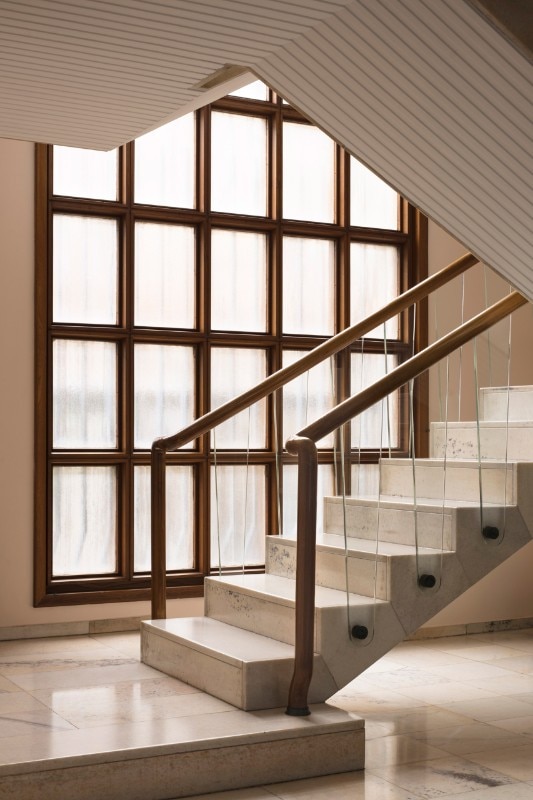
Why the home of the Borsani family?
Borsani was a businessman, but also a father and a grandfather, and his villa was a base for the family, where work and private life came together. By visiting his home, you get the big picture: an eclectic and complex man who designed both in big and small scale, from the furniture to the large factory. There are so many stories in one single person. When you visit the villa you also understand how his mind worked: from his attention to detail to the greatest functionality and aesthetics. Borsani didn’t skimp on anything, there’s no compromise with him. He’s always able to find the right balance. He’s one of a kind.
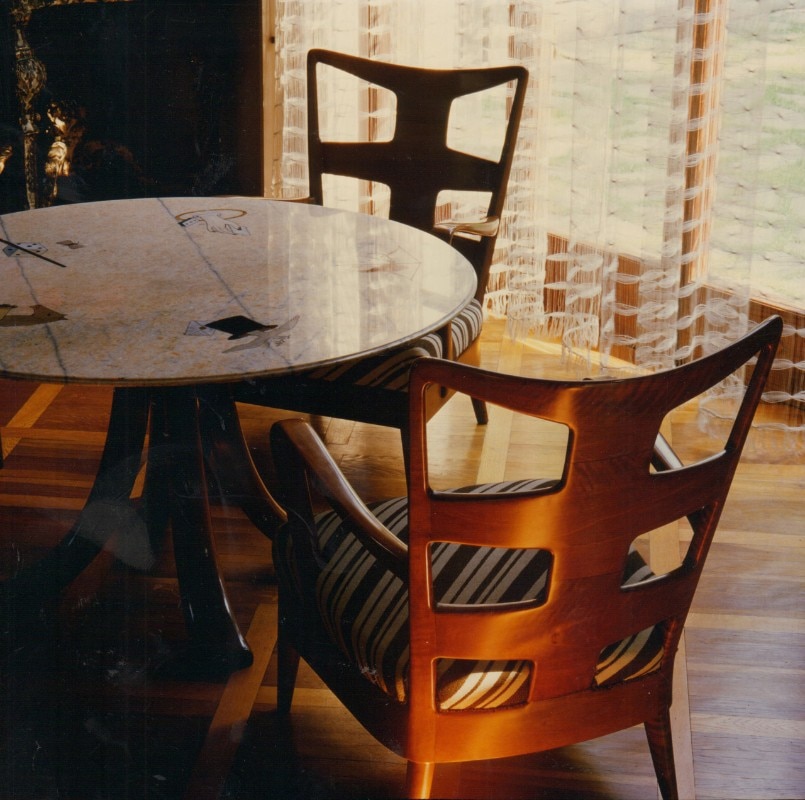
 View gallery
View gallery
Indeed, it’s strange that he isn’t mentioned more often among top Italian designers.
Maybe the fact he wasn’t a “communicator” partly explains the reason. Plus, it’s a question of approach. For Borsani, devoting yourself to work was important. The rest didn’t matter. Communication was something extra. Maybe, for the people who worked around him or who wrote about him, it was hard to label him: he was so dynamic, ahead of the times, versatile.
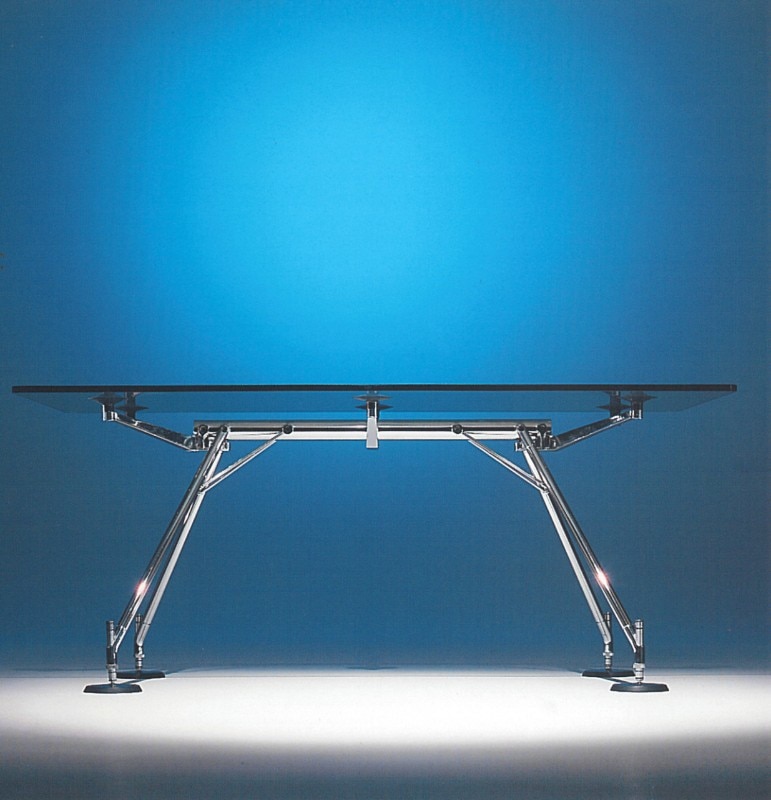
In mid-May, at the Triennale di Milano there will be a major exhibition curated by Norman Foster and Borsani’s grandson, Tommaso. Why Foster?
The choice was quite organic and spontaneous: he was the one who designed Osvaldo’s final product before he died, the Nomos system, and he’s always had a great relationship and affinity with the family. The show is also an opportunity to showcase a part of his beautiful archive – where everything is catalogued in a systematic and scrupulous way. There’s so much material: photos, drawings, watercolours. It’s a little like finding a treasure: you want everyone to know about it so they can enjoy it.
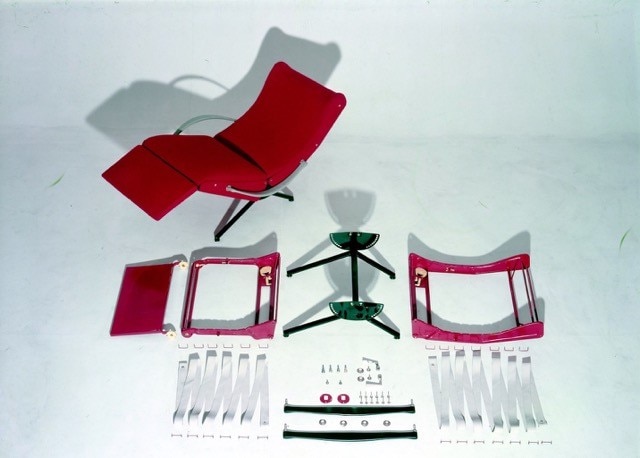
 View gallery
View gallery
At the Triennale there will be 300 objects on exhibit: which three best succinctly narrate Borsani’s story?
His collaborations with the artist Adriano Spilimbergo, like the mahogany wardrobe with painted parchment in relief. And then just ten years later (in 1953), the P40 chair, a true industrial design icon with its exposed frame and complex components.
The Graphis system (from 1968) was a radical step in office furniture – all white!
What is Borsani’s legacy?
There’s so much value and so many messages: without a doubt, there’s his attention to quality, but always in relation to need. Everything must have a sense and a reason.
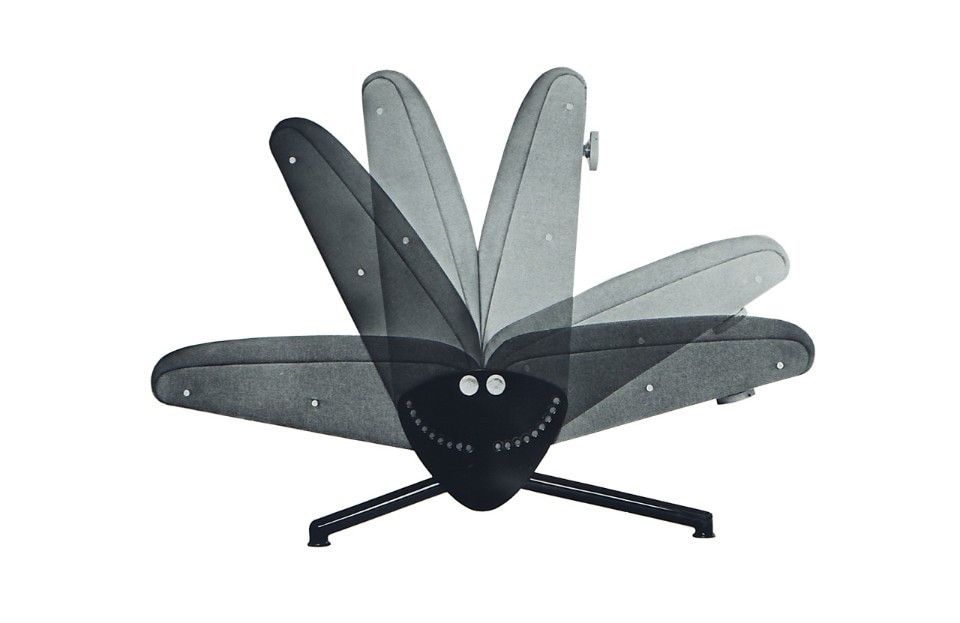
 View gallery
View gallery

- Exhibition title:
- Villa Borsani. Casa Libera!
- Opening dates:
- 16–20 April 2018
- Curator:
- Ambra Medda
- Venue:
- Villa Borsani
- Address:
- via Umberto I 148, Varedo


